Michael Betser Maybe! If the knot is popping then opting for a stronger lock could be good. Granny knots often do a great job of closing a cuff. It’s really more about how you use it next that matters and if it’s working for you. We think it’s good to notice the directionality of your lock as a way to assess why it may or may not be working as expected.
Shibari Study Support
Berlin, Germany
Replied on Double-Column Tie
Replied on Single-Column Tie
Replied on Collapsible Ties And Parallel Directionality
Replied on Kneeling Predicament | Class
Replied on Building The Shrimp Tie
Replied on Bottom Lock-Off
Replied on Figure 8 Chest Harness | Tutorial
Replied on Reverse Tension
Replied on Flying The Agura


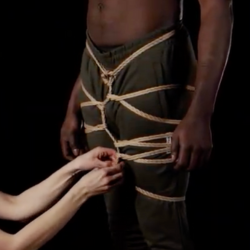
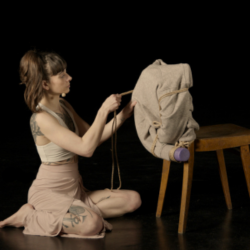


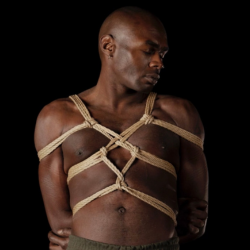

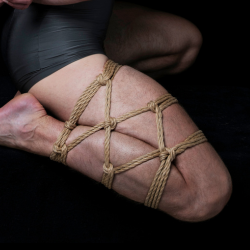
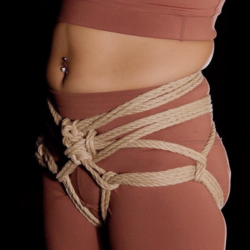

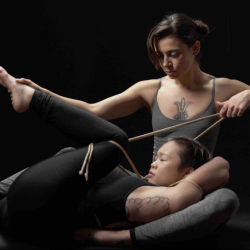

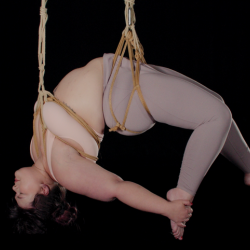
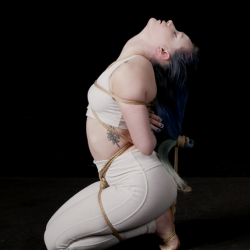
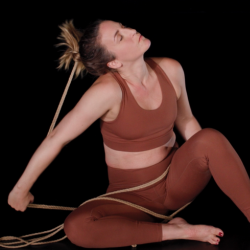

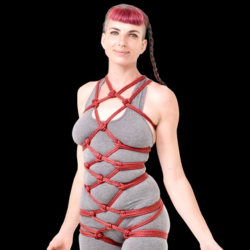



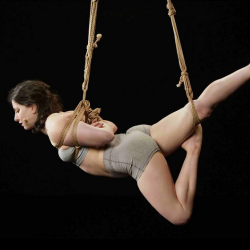
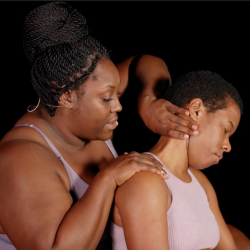


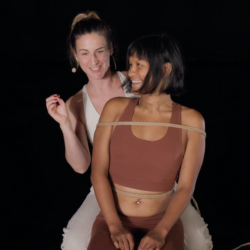
Replied on Tenshi Harness | Suspension Lines
07 Aug 23:32
Hi! Lack of stopper knots shouldn’t prevent this technique from working!